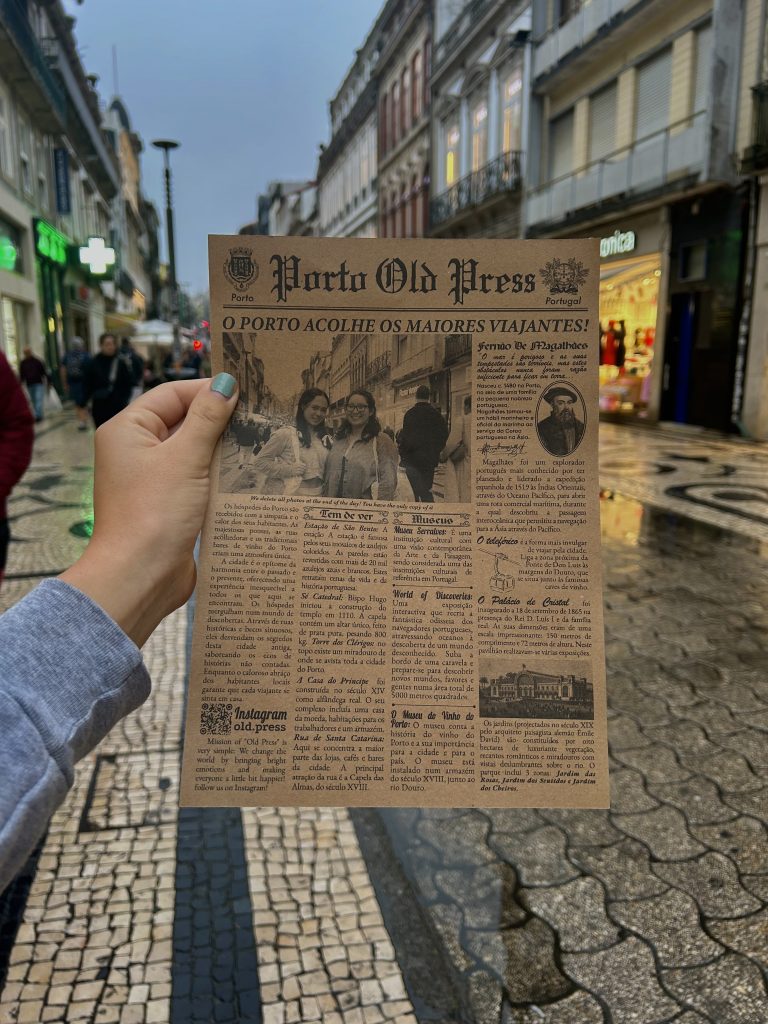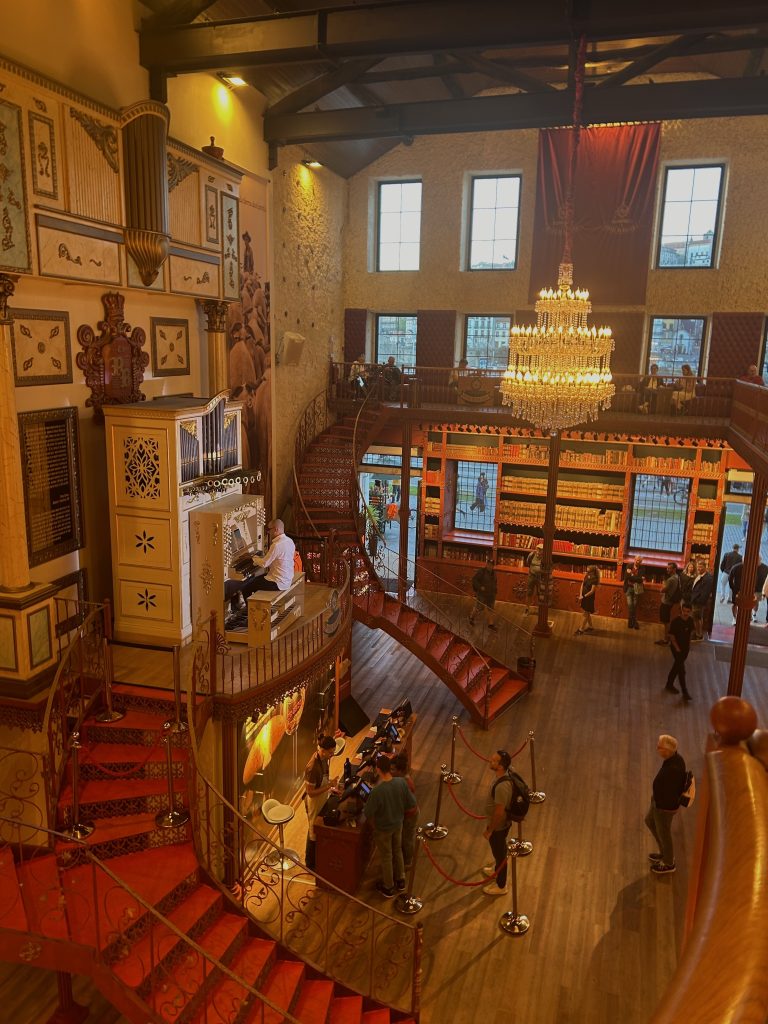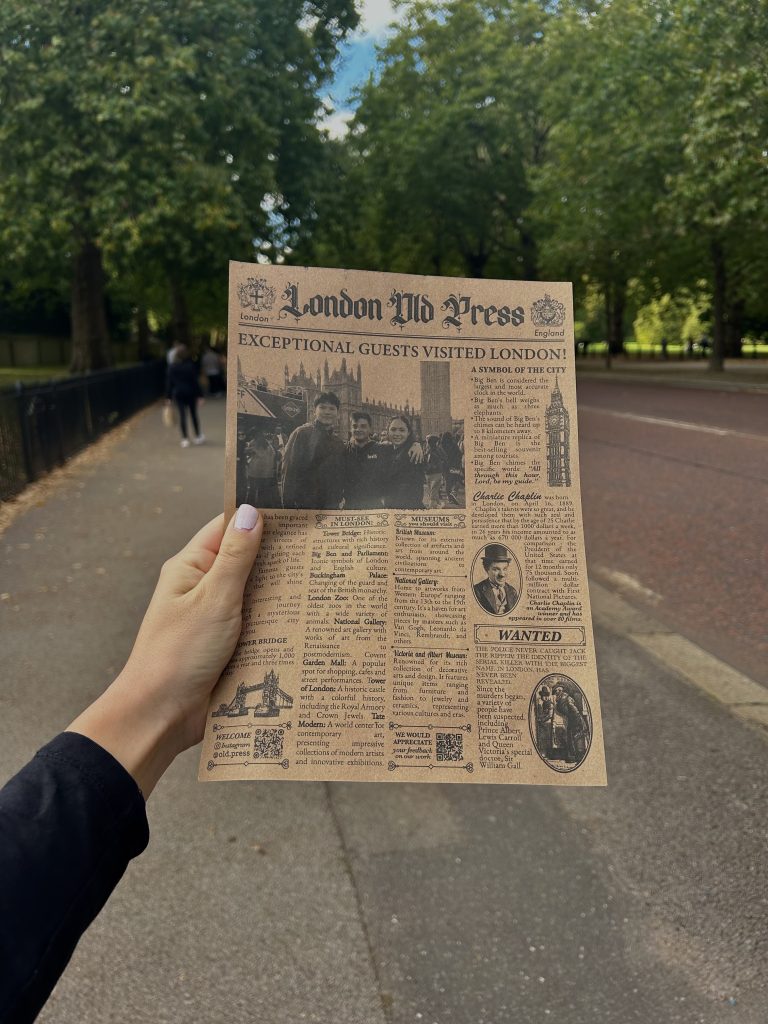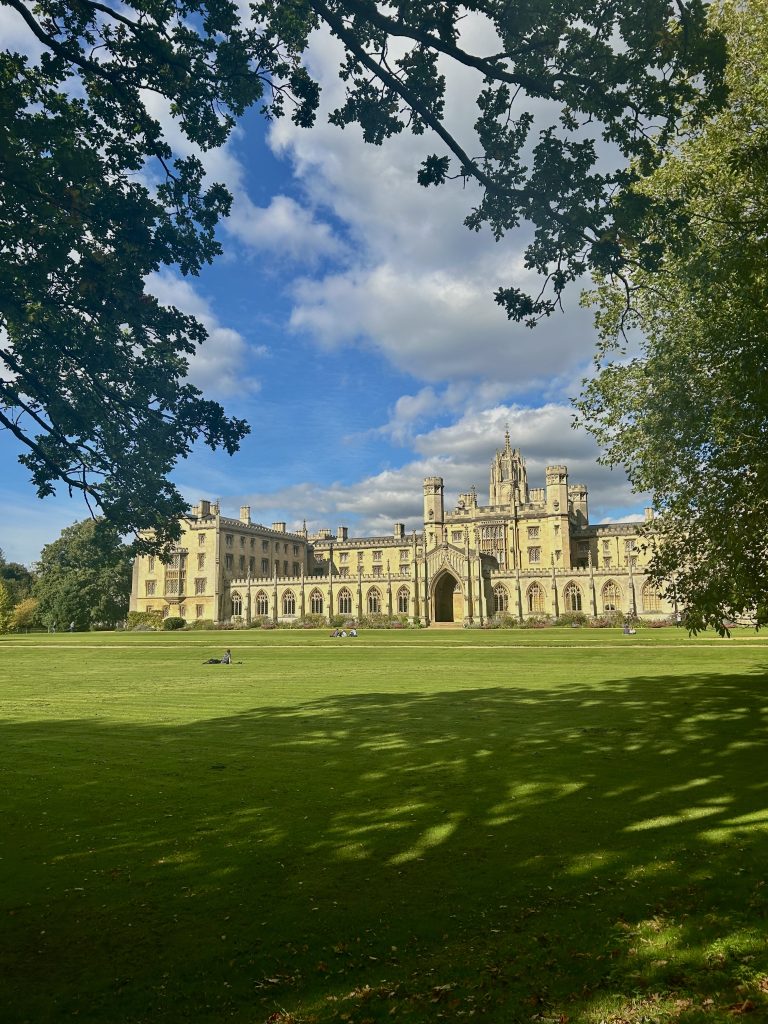It has been amazing to see how much development there has been in just 4 weeks! The classroom dynamics have changed a lot since the first week of school. Almost all of the students are adjusted to the daily routine, although Mondays are still challenging for some. Since we are only here for Monday and Tuesday, every week I am surprised at how much they have changed. As students have become used to life in the classroom, they are more social. Many of them went to nursery together so I am curious about how the dynamics have changed now that they have begun primary school. For the most part, students interact well. However, since this is an international school, not everyone’s first language is Spanish. This makes it difficult for some students to make friends. They are learning to communicate more and I am already seeing more integration but I wonder how this early experience impacts their socialization later in the year and beyond.
Being in an international language environment has also made me reflect on my own assumptions. Until last week, I assumed all of the students spoke Spanish. However, it has come to my attention that some of them are more fluent in English. Since then, I have been more attentive to which students I speak to in Spanish and which I use English for. It is encouraged to speak to the students in English so they can develop their language skills but sometimes I use Spanish to build relationships with students. This has been my focus over the past two weeks. Despite the language barrier, I have made progress. It can be difficult but the small wins brighten the day.
My key take away from these last two weeks has been the difference in the culture of physical education here versus the schools I have observed in Canada. Risk play is more encouraged here and is evident in the equipment that is available for students to freely use during physical education classes. We have some similar equipment in our Canadian elementary schools (i.e., ladders on the wall in the gym), but in my experience it is often prohibited to use these. In SEK it is freely encouraged. From what I have observed, this seems to foster gross motor development, confidence, and independence. I am impressed with how much these students are able to do. In general, there seems to be more faith in students’ abilities here and it is expected that students are able to look after their own needs. In the beginning, allowing risky play made me nervous. However, I have now learned to trust students and see the benefits of risk play in the right environment. It makes me curious of the extent to which I can apply this to my practice in Canada, without going against protocols.
In my time outside of the SEK school, I have had many new experiences in Portugal and the UK!







